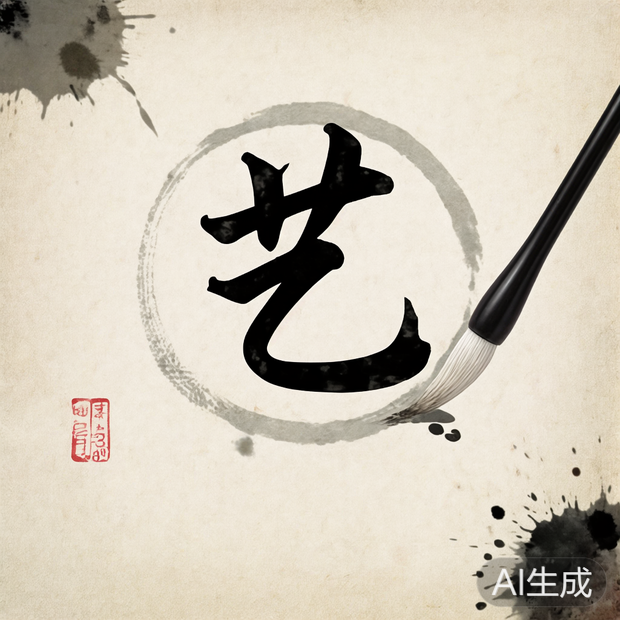
The Timeless Elegance of Chinese Characters: A Journey Through Art and Evolution
Chinese characters are more than a writing system—they are a living testament to China’s 5,000-year-old civilization. Each stroke, curve, and radical carries stories of philosophy, nature, and human creativity. In this blog, we’ll explore the evolution of Chinese characters, their role in calligraphy, and why they remain a cornerstone of global cultural heritage.
1. From Pictographs to Modern Scripts: The Evolution of Chinese CharactersThe earliest Chinese characters, dating back to the Shang Dynasty (1600–1046 BCE), were pictographic symbols carved on oracle bones. For example:
- 日 (rì): A depiction of the sun.
- 山 (shān): A stylized drawing of mountains.
Over millennia, these symbols evolved into the logographic system used today, where characters combine meanings and sounds. The character 明 (míng), meaning “bright,” combines 日 (sun) and 月 (moon), symbolizing the harmony of light.
2. Calligraphy: The Art of WritingChinese calligraphy elevates writing to an art form. Masters like Wang Xizhi (303–361 CE) transformed characters into dynamic expressions of emotion. Key styles include:
- Kaishu (Regular Script): Clear and structured, used in modern printing.
- Caoshu (Cursive Script): Fluid and spontaneous, resembling abstract art.
The image below captures the evolution of the character 艺 (yì, art), blending ancient seal scripts with contemporary brushwork:
Chinese characters influence East Asian cultures and global design. They appear in logos, tattoos, and even tech emojis. For instance:
- 福 (fú): Symbolizes luck and is displayed during Lunar New Year.
- 爱 (ài): Represents love, often used in wedding art.
In 2025, calligraphy remains a bridge between tradition and innovation, with digital tools reviving ancient techniques for new generations.
4. Why Chinese Characters Matter- Cognitive Benefits: Studies show writing characters enhances memory and spatial reasoning.
- Philosophical Depth: Characters like 人 (rén, person) and 从 (cóng, follow) reflect Confucian ideals of harmony.
- Global Influence: Over 1.4 billion people use Chinese characters, making them one of the most widely adopted writing systems.
Chinese characters are a fusion of art, history, and wisdom. Whether through calligraphy or digital fonts, they continue to inspire creativity worldwide. As you explore their beauty, remember: each stroke is a chapter in humanity’s shared story.
Call to Action: Share your favorite Chinese character in the comments below!










